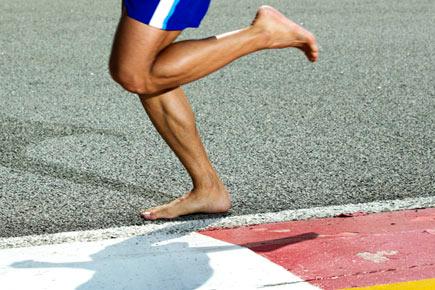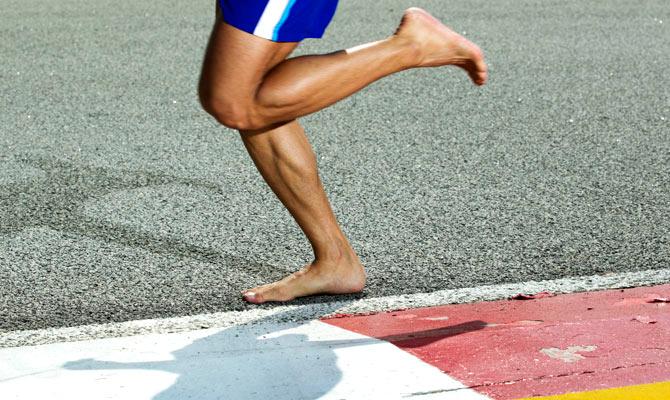Running barefoot may increase injury risk in older, more experienced athletes, finds a study

Barefoot running
New York: Running barefoot may increase injury risk in older, more experienced athletes, finds a study.
ADVERTISEMENT
In recent years, there has been an explosion in barefoot running as well as the use of "minimalist" running shoes that more closely resemble barefoot running by encouraging the balls of the feet -- between the arch and toes -- to hit the pavement first.

Representational picture
“Our study indicates that older runners (age 30 and older) are not able to adapt as quickly to running barefoot,” said orthopaedic surgeon Scott Mullen from University of Kansas and lead author of the study.
“The inability to adapt the foot strike to the change in shoe type may put these runners at increased risk of injury. Older runners should be cautious when transitioning to a more minimalist type of shoe,” Mullen added.
The findings, presented at the 2015 annual meeting of the American Academy of Orthopaedic Surgeons (AAOS), found that a significant number of experienced runners maintained a heel-first running pattern -- which naturally occurs when wearing a shoe with an elevated heel -- when running without shoes.
In this study, the team measured the heel-to-toe drop of 26 runners, all age 30 or older with at least 10 years of running experience, when each ran in a traditional running shoe, and again when barefoot.
A motion capture system was used to analyse foot strikes.Running barefoot resulted in a significant drop in percent heel strike at all speeds.However, 40 percent of the men and 20 percent of the women persisted with consistent strike patterns across all speeds with and without shoes.
Maintaining a heel-toe pattern while running barefoot or in a minimalist shoe may lead to more frequent injuries, the authors concluded.
 Subscribe today by clicking the link and stay updated with the latest news!" Click here!
Subscribe today by clicking the link and stay updated with the latest news!" Click here!






